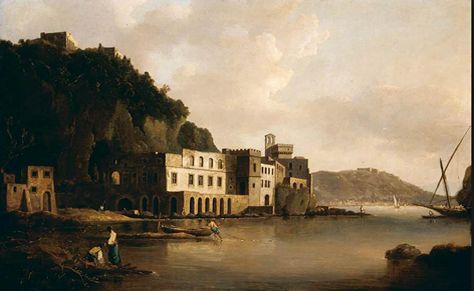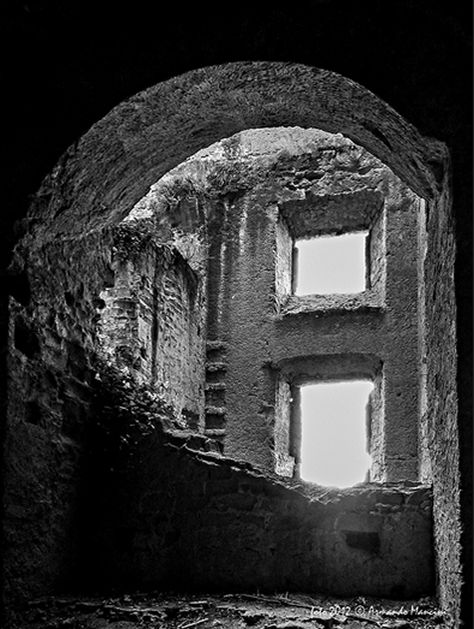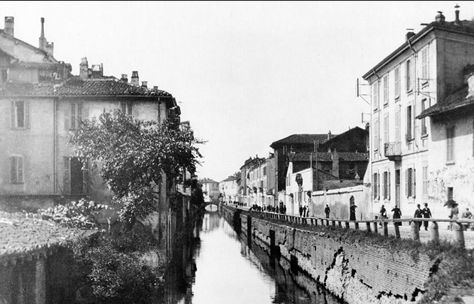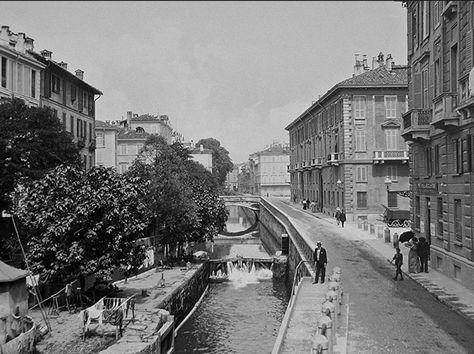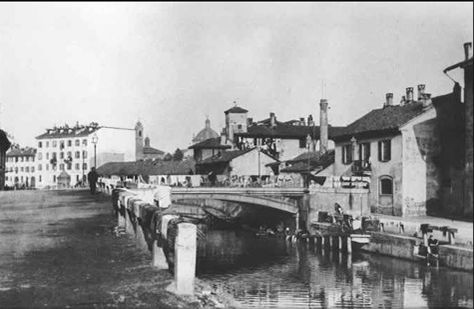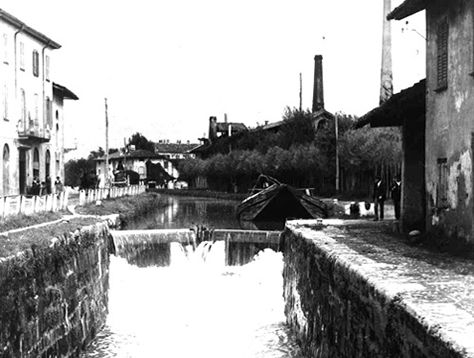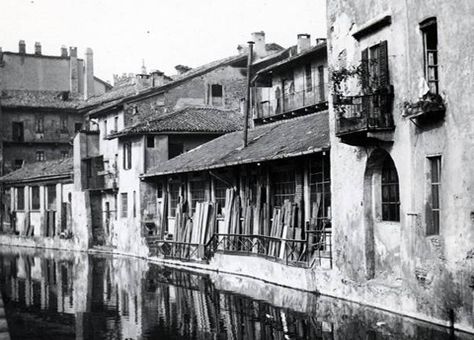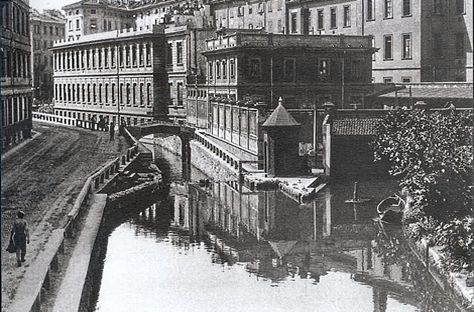Rome is known for its exclusive fashion houses, expensive restaurants and opulent hotels, but it is also rich in historic and cultural attractions, monuments and churches that cost nothing for visitors to enjoy. When you pay a visit to the Eternal City, you won’t have to search far to find free things to see and do.
Attractions
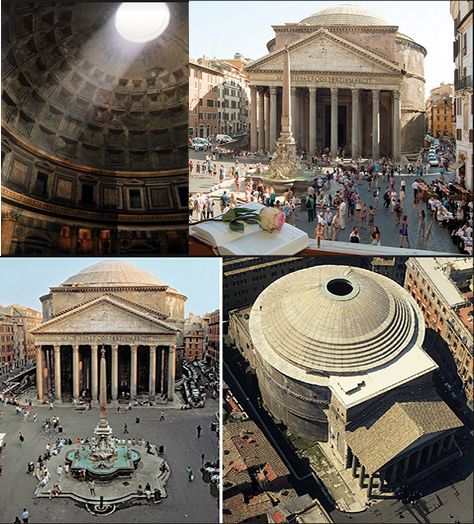
The Pantheon was constructed between the years of AD 118 and 125, and was originally used as a temple paying worship to Roman deities. In 609, it was changed into a Roman Catholic church. The impressive structure inspired Filippo Brunelleschi in his design for the famous cupola of the Duomo in Florence. The most distinctive feature of the Pantheon is its oculus, which is an aperture at the peak of the dome, allowing natural light to flood in. Many prominent Italians are buried here, including the artist Raphael and several kings. Admission to the Pantheon is free, or you can choose to take a tour with a guide for a fee of around $12. Mass takes place here on Saturdays at 5pm, and at 10.30am on public holidays. If you want to learn more about the building without spending the money for a tour, you could download the Pantheon iVIEW app on your iPhone or iPad.
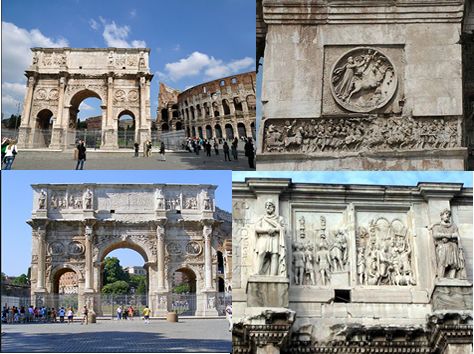
Another impressive Roman structure is the Arco di Constantino, which was constructed in AD 315. It is the largest arch in the city, at around 65 feet in height, and was built as a commemoration of Emperor Constantine’s victory over Maxentius. As a result of this triumph, he allowed Christians to practice their religion throughout the Roman Empire. The enormous arch can be found close to the Colosseum.
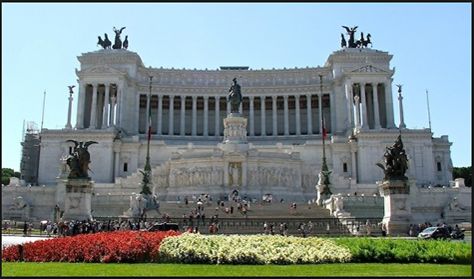
Il Vittoriano is a memorial for the first monarch of unified Italy, Victor Emmanuel II. He is depicted on horseback in statue form, overlooking the monument, which locals refer to as “the wedding cake”. The imposing white marble monument looms over Piazza Venezia, and houses the Tomb of the Unknown Soldier, a gallery and a museum focusing on the history of Italian unification.
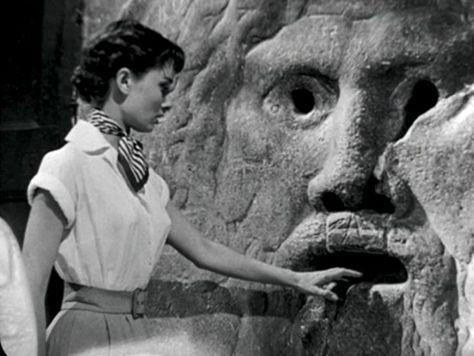
La Bocca della Verità is an interesting attraction; the name means “mouth of truth”, and it is a sculpture of a monstrous face with wild eyes and a wide-open mouth, located on the front of the Basilica of Saint Mary in Cosmedin. According to legend, if you tell a lie with your hand in its mouth, you will leave with a stump. The sculpture featured in a famous scene with Audrey Hepburn and Gregory Peck in the classic movie Roman Holiday.
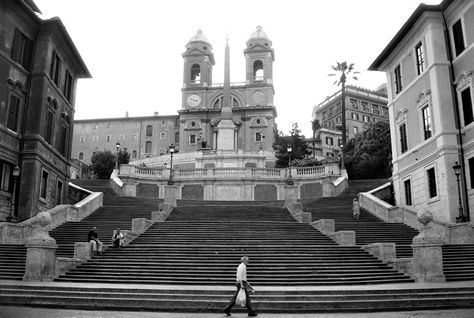
If you’re up for a challenge, try walking up the Spanish Steps, Europe’s widest and longest staircase. They were originally conceived by the French, but became known by their current name after the Spanish Embassy relocated to the square. Extending from the Trinita dei Monti Church to the Piazza di Spagna, the steps are a popular gathering spot for tourists, students, shoppers and portrait artists.
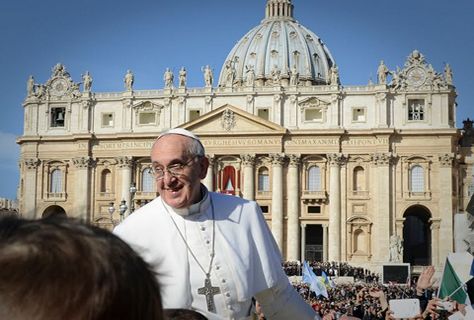
St. Peter’s Basilica is a stunning example of art and architecture, and is also the centrepiece of the Catholic Church. The baldacchino (an intricate sculpted bronze canopy over the Basilica’s high altar, where the pope celebrates Mass) and the external colonnade are the designs of prominent baroque sculptor Gian Lorenzo Bernini. The Basilica houses Michelangelo’s masterpiece, the statue of the Pietà, which is currently behind glass after suffering a hammer attack. There is also a bronze sculpture of St. Peter, and visitors traditionally rub his foot for luck when they pass by. It is free to enter the main floor of St. Peter’s, but it costs around $9 to ascend the Michelangelo-designed dome. Be prepared to queue; the crowds tend to be slightly smaller after 2pm on Tuesdays and Thursdays, so this could be a good time to visit.
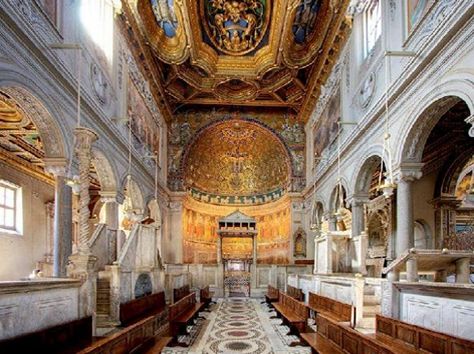
San Clemente is a unique church located on Via San Giovanni. It is, in fact, three churches in one structure. The bottom level contains Rome’s best-preserved mithraeum, an ancient place of worship and one of twelve such sites discovered in the city. Above this level, there is the earliest version of a church as a site of Christian worship, containing a fresco painting of St. Sisinus which dates from the 8th to the 11th centuries, and a fourth-century sanctuary. The top tier of San Clemente contains a 12th century sanctuary decorated with stunningly intricate mosaics.
Culture
On the first Sunday of the month, archaeological sites, monuments and museums can be enjoyed for free, making this the perfect time to immerse yourself in culture.
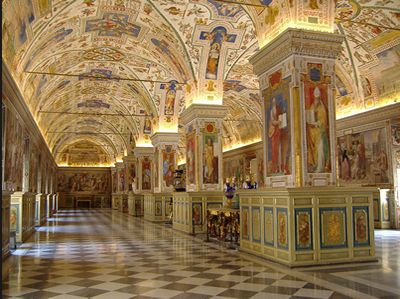 On the last Sunday of the month between 9am and 2pm, visitors can view the enormous art collection of the Vatican Museums for free. This includes the iconic Sistine Chapel. The last admission is always at 12.30pm, so make sure to arrive early.
On the last Sunday of the month between 9am and 2pm, visitors can view the enormous art collection of the Vatican Museums for free. This includes the iconic Sistine Chapel. The last admission is always at 12.30pm, so make sure to arrive early.
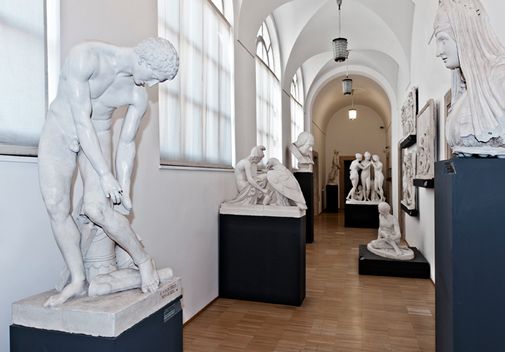 The Gallery of the National Academy of San Luca, dating from the 16th century, gives visitors the opportunity to view artworks by academy members including the famous baroque artist Guido Reni, all completely free.
The Gallery of the National Academy of San Luca, dating from the 16th century, gives visitors the opportunity to view artworks by academy members including the famous baroque artist Guido Reni, all completely free.
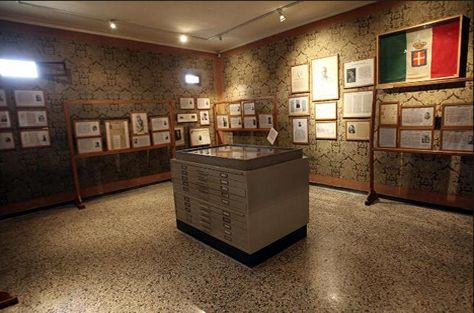 The Museo Storico della Liberazione (Historic Museum of the Liberation of Rome) is free to visit too, and a must see for history enthusiasts. During World War 2 the structure was a command post for the German SS, but today it is a museum focusing on the Nazi occupation of Rome. The graffiti by imprisoned members of the Roman Resistance is particularly fascinating.
The Museo Storico della Liberazione (Historic Museum of the Liberation of Rome) is free to visit too, and a must see for history enthusiasts. During World War 2 the structure was a command post for the German SS, but today it is a museum focusing on the Nazi occupation of Rome. The graffiti by imprisoned members of the Roman Resistance is particularly fascinating.
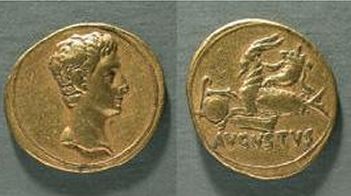 At the Numismatic Museum of the Italian Mint, you can view a collection of over 20,000 artefacts and learn all about historic and current moneymaking methods. A free entry pass is available when you show your ID.
At the Numismatic Museum of the Italian Mint, you can view a collection of over 20,000 artefacts and learn all about historic and current moneymaking methods. A free entry pass is available when you show your ID.
The major galleries and museums of Rome are always offering special deals, which change frequently throughout the year. Make sure to check with the specific museum you want to visit to find out if they have any current special offers to help you save money.
Families
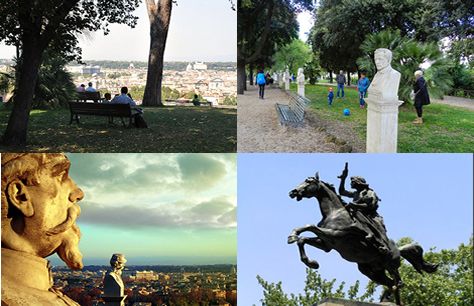 Park Gianicolo, located on Janiculum Hill, is a great family destination and a wonderful spot for enjoying extensive views across Rome. There are also many activities to enjoy here. One of the most popular is the free daily puppet show at the Teatro Verde. This charming European tradition delights children from across the world, as the adventures of the puppets can be enjoyed regardless of language.
Park Gianicolo, located on Janiculum Hill, is a great family destination and a wonderful spot for enjoying extensive views across Rome. There are also many activities to enjoy here. One of the most popular is the free daily puppet show at the Teatro Verde. This charming European tradition delights children from across the world, as the adventures of the puppets can be enjoyed regardless of language.
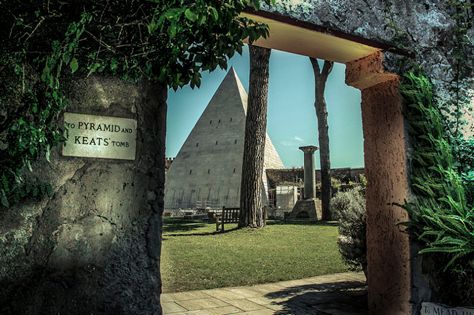 Children will enjoy seeing Rome’s only pyramid, which can easily be reached by metro as it has its own stop, named Piramide. The huge, well-preserved ancient building stands at 87 feet tall and was constructed in 12 BC to contain the final resting place of Caius Cestius, at a time when Egyptian styles were fashionable thanks to the influence of Cleopatra.
Children will enjoy seeing Rome’s only pyramid, which can easily be reached by metro as it has its own stop, named Piramide. The huge, well-preserved ancient building stands at 87 feet tall and was constructed in 12 BC to contain the final resting place of Caius Cestius, at a time when Egyptian styles were fashionable thanks to the influence of Cleopatra.
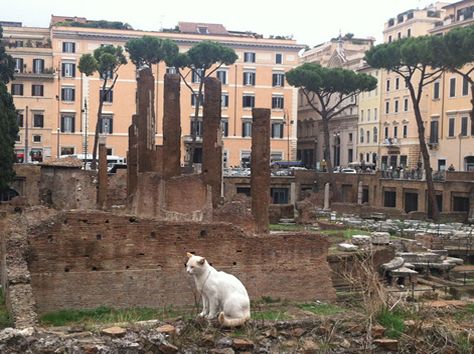 Animal lovers may wish to pay a visit to Torre Argentina Cat Sanctuary, a unique place where cats run around and lounge amongst the ruined remains of four ancient Roman temples. In 44 BC, Julius Caesar was murdered by Brutus close to this location, making the area an important spot in Roman history. Long distance adoptions and donations are welcome from visitors who wish to contribute towards the cats’ upkeep.
Animal lovers may wish to pay a visit to Torre Argentina Cat Sanctuary, a unique place where cats run around and lounge amongst the ruined remains of four ancient Roman temples. In 44 BC, Julius Caesar was murdered by Brutus close to this location, making the area an important spot in Roman history. Long distance adoptions and donations are welcome from visitors who wish to contribute towards the cats’ upkeep.
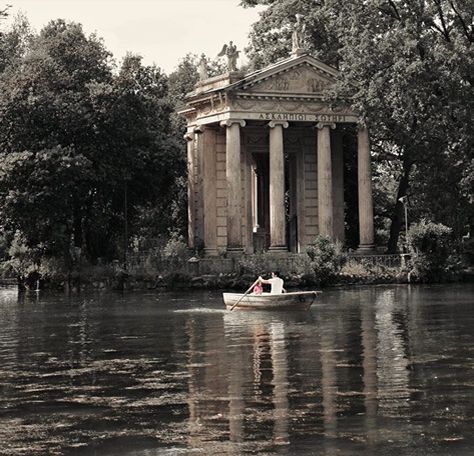 The gardens of the Villa Borghese are amongst the most stunning gardens in the city, and make a perfect spot for a picnic or for families to relax, rest or explore their surroundings. Villa Sciarra is great for children as it has a playground and an aviary filled with beautiful exotic birds – make sure to bring some bread to feed them. This is also the location of the Galleria Borghese; admission is free on the first Sunday of the month.
The gardens of the Villa Borghese are amongst the most stunning gardens in the city, and make a perfect spot for a picnic or for families to relax, rest or explore their surroundings. Villa Sciarra is great for children as it has a playground and an aviary filled with beautiful exotic birds – make sure to bring some bread to feed them. This is also the location of the Galleria Borghese; admission is free on the first Sunday of the month.
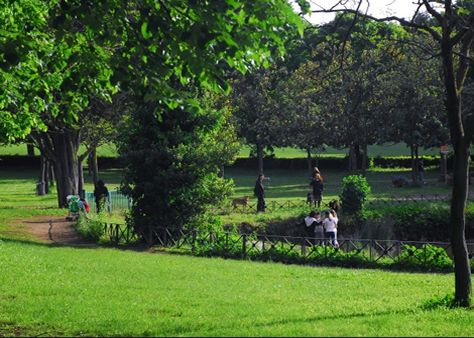 Villa Ada offers a selection of free activities for kids, provided by organisations including the World Wildlife Fund. There is also a roller skating track, merry-go-round and playground where children can let off some steam.
Villa Ada offers a selection of free activities for kids, provided by organisations including the World Wildlife Fund. There is also a roller skating track, merry-go-round and playground where children can let off some steam.
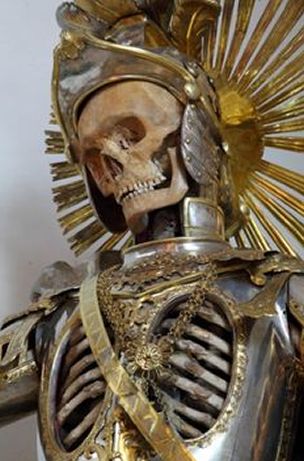 For older children, Santa Maria della Concezione makes a fascinating and educational spot to visit. Underneath the church is the crypt of Capuchin friars, where the ceilings and walls are adorned with the bones of over 4,000 monks, some of them dating back to 1631.
For older children, Santa Maria della Concezione makes a fascinating and educational spot to visit. Underneath the church is the crypt of Capuchin friars, where the ceilings and walls are adorned with the bones of over 4,000 monks, some of them dating back to 1631.
To enjoy some natural beauty, head to the Caffarella valley, which stretches from the centre of the city to the south. When you go on a stroll through this expanse of picturesque fields, you can meet anyone from fashionable city Romans to sheep herders. You will also come across the ruins of temples and houses, and sites where ancient rituals once took place. One of the most well-preserved ruins is a temple honouring the nymph Egeria; according to legend, she still dwells here. Children are sure to be fascinated by the history and beauty of this unique area.
The benedizione animali, or blessing of the animals, is an ancient tradition which has been taking place since the 8th century. During this ceremony, Romans bring their pets to receive a blessing from a priest. It happens at the Church of Saint Eusebio on or around the 17th of January each year, and all kinds of pets are welcomed, from dogs and cats to lizards and even fish. In March, another unusual tradition takes place: the blessing of the cars, which happens at the Santa Francesca Romana Church in March, close to the Colosseum.
Food and Drink
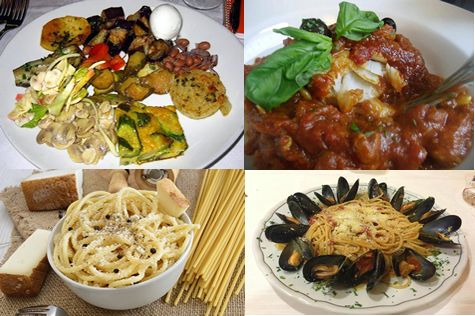 Hostaria Romana is famous for its delicious antipasti. It also provides diners with free grappa and cookies, and free limoncello to enjoy after dinner.
Hostaria Romana is famous for its delicious antipasti. It also provides diners with free grappa and cookies, and free limoncello to enjoy after dinner.
 Many hotels and restaurants offer free appetisers to accompany drinks during happy hour. These include popular local spots such as the bar at the Ludovisi Palace Hotel and Enoteca Ferrara.
Many hotels and restaurants offer free appetisers to accompany drinks during happy hour. These include popular local spots such as the bar at the Ludovisi Palace Hotel and Enoteca Ferrara.
Outdoors
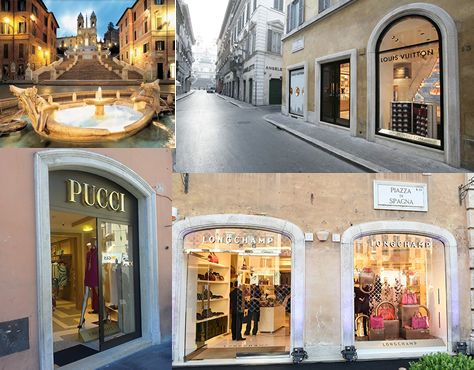 Piazza di Spagna is one Rome’s most famous city squares, and is the home of the beautiful Fontana della Barcaccia, or Fountain of the Boat, created by Pietro and Gian Lorenzo Bernini. There are some excellent shops around the square, perfect for browsing and window shopping. The famous English poet John Keats once lived here; in fact, he died in his apartment looking over the square in 1821, and the former residence is now a museum dedicated to his life and works.
Piazza di Spagna is one Rome’s most famous city squares, and is the home of the beautiful Fontana della Barcaccia, or Fountain of the Boat, created by Pietro and Gian Lorenzo Bernini. There are some excellent shops around the square, perfect for browsing and window shopping. The famous English poet John Keats once lived here; in fact, he died in his apartment looking over the square in 1821, and the former residence is now a museum dedicated to his life and works.
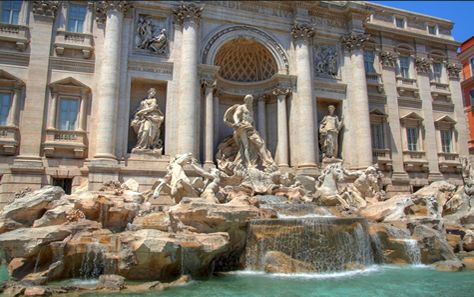 The Fontana di Trevi, or Trevi Fountain, is probably the most iconic and well-known fountain in the whole of Rome. The huge, intricate fountain was constructed in 1762 in the baroque style and features a unique combination of architecture, sculpture and nature. According to legend, if you throw a coin into the water over your shoulder, you will come back to Rome one day.
The Fontana di Trevi, or Trevi Fountain, is probably the most iconic and well-known fountain in the whole of Rome. The huge, intricate fountain was constructed in 1762 in the baroque style and features a unique combination of architecture, sculpture and nature. According to legend, if you throw a coin into the water over your shoulder, you will come back to Rome one day.
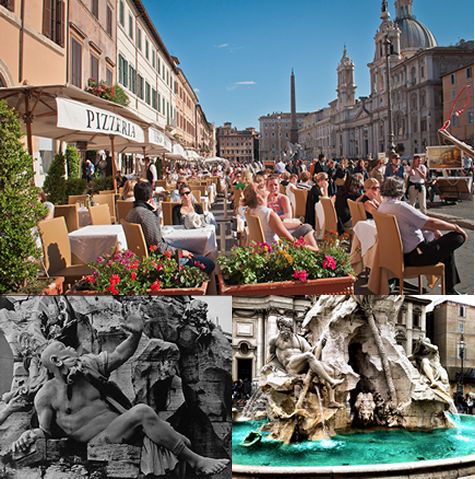 Piazza Navona was during Roman Empire the setting for naval battles representations , known as “Naumachie”, but then became the home of one of Rome’s biggest markets. Since then, the market has relocated to Campo de Fiori, but Piazza Navona remains a lively and vibrant spot which is frequently the setting for major events, parades, fairs and other occasions. The square is also home to a wealth of famous artworks. These include the Fountain of the Four Rivers, designed by Gian Lorenzo Bernini, with four figures representing the Danube, the Nile, the Rio de la Plata and the Ganges. The square features two other impressive fountains, which were created by Giacomo della Porta: the Fontana del Moro and Fontana di Nettuno. The square is also the location of the Sant’Agnese in Agone Church, an amazing example of baroque architecture, created by the architects Rainaldi and Borromini in the 17th century.
Piazza Navona was during Roman Empire the setting for naval battles representations , known as “Naumachie”, but then became the home of one of Rome’s biggest markets. Since then, the market has relocated to Campo de Fiori, but Piazza Navona remains a lively and vibrant spot which is frequently the setting for major events, parades, fairs and other occasions. The square is also home to a wealth of famous artworks. These include the Fountain of the Four Rivers, designed by Gian Lorenzo Bernini, with four figures representing the Danube, the Nile, the Rio de la Plata and the Ganges. The square features two other impressive fountains, which were created by Giacomo della Porta: the Fontana del Moro and Fontana di Nettuno. The square is also the location of the Sant’Agnese in Agone Church, an amazing example of baroque architecture, created by the architects Rainaldi and Borromini in the 17th century.
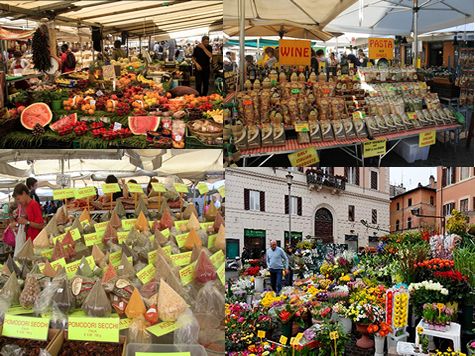 The Campo de’ Fiori is renowned for its morning market, where shoppers can purchase flowers and vegetables. It is also a popular night time gathering place thanks to its various bars and restaurants. The name means “field of flowers”; this dates from the middle ages, when the square was a flower-filled meadow.
The Campo de’ Fiori is renowned for its morning market, where shoppers can purchase flowers and vegetables. It is also a popular night time gathering place thanks to its various bars and restaurants. The name means “field of flowers”; this dates from the middle ages, when the square was a flower-filled meadow.
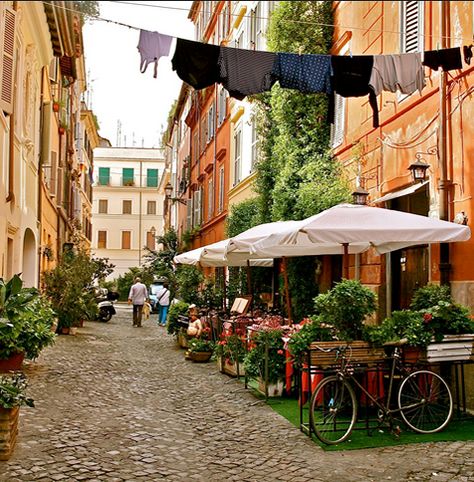 A walk through Trastevere, a fashionable neighbourhood of the city, offers a real taste of Roman history. With its narrow, winding streets and many open squares, the neighbourhood takes visitors back to the ancient Roman and medieval eras. Trastevere used to be home to many merchants, fishermen and artisans, and is renowned for its huge, elaborate villas and stunning gardens, which were once the property of Julius Caesar. There is a vibrant nightlife scene in this area.
A walk through Trastevere, a fashionable neighbourhood of the city, offers a real taste of Roman history. With its narrow, winding streets and many open squares, the neighbourhood takes visitors back to the ancient Roman and medieval eras. Trastevere used to be home to many merchants, fishermen and artisans, and is renowned for its huge, elaborate villas and stunning gardens, which were once the property of Julius Caesar. There is a vibrant nightlife scene in this area.
From 7pm every evening, Angel Tours, an Irish-owned tour company, provides a small group tour of the Pantheon. To join in, simply head to the Pantheon and look for a guide holding an umbrella with an angel motif on it. However, booking is required for large groups. The tour lasts for half an hour and is free, although you may wish to tip your guide. On Sundays, the Pantheon closes at 6pm, so the tour is restricted to exploring the outside of the building.
Theatre and Music
In September, the International Urban Theater Festival takes place throughout the city. You will have the chance to witness musical, theatrical and dance events and performances all across Rome, which makes for an exciting and spontaneous atmosphere.
The main festival in the city during the summer is Estate Romana, which is focused on outdoor performance, including film, art, dance and music. From watching a play among the historic ruins at Ostia Antica, to taking in a blues concert while sitting on the steps outside a palazzo, there is a diverse range of events to enjoy in many locations throughout Rome. Many of the events are completely free.
During the Feast of the Assumption, which takes place on the 15th of August each year, the Gran Ballo di Ferragosto transforms the entire city into a stage. Professional dancers perform in the piazzas, and each square showcases a different type of dance, including ballroom, tango and hip hop, to name just a few. Spectators are encouraged to join in!
Throughout the summer at the Roman Forum, you can take in a free public performance by the Miracle Players theatre troupe. They are renowned for their original and hilarious plays, and have been recognised by the Italian Ministry of Culture for the quality of their work. Performances are in English, so you do not need to worry about the language barrier.
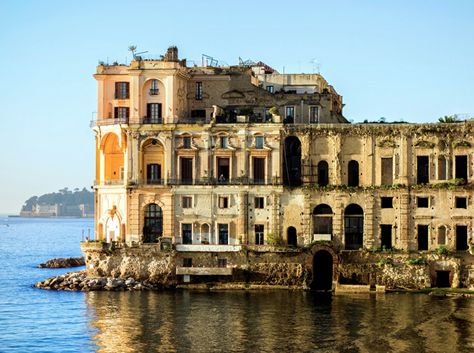
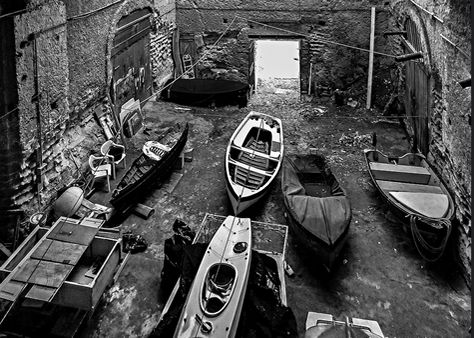 The two acted with such passion that in the final scene of the kiss, everyone applauded with enthusiasm – that is, everyone except Donna Anna, who was overcome by jealousy at seeing her lover passionately kissing the young Mercedes. In the following days, the two women clashed violently, and then Mercedes disappeared mysteriously and suddenly.
The two acted with such passion that in the final scene of the kiss, everyone applauded with enthusiasm – that is, everyone except Donna Anna, who was overcome by jealousy at seeing her lover passionately kissing the young Mercedes. In the following days, the two women clashed violently, and then Mercedes disappeared mysteriously and suddenly.